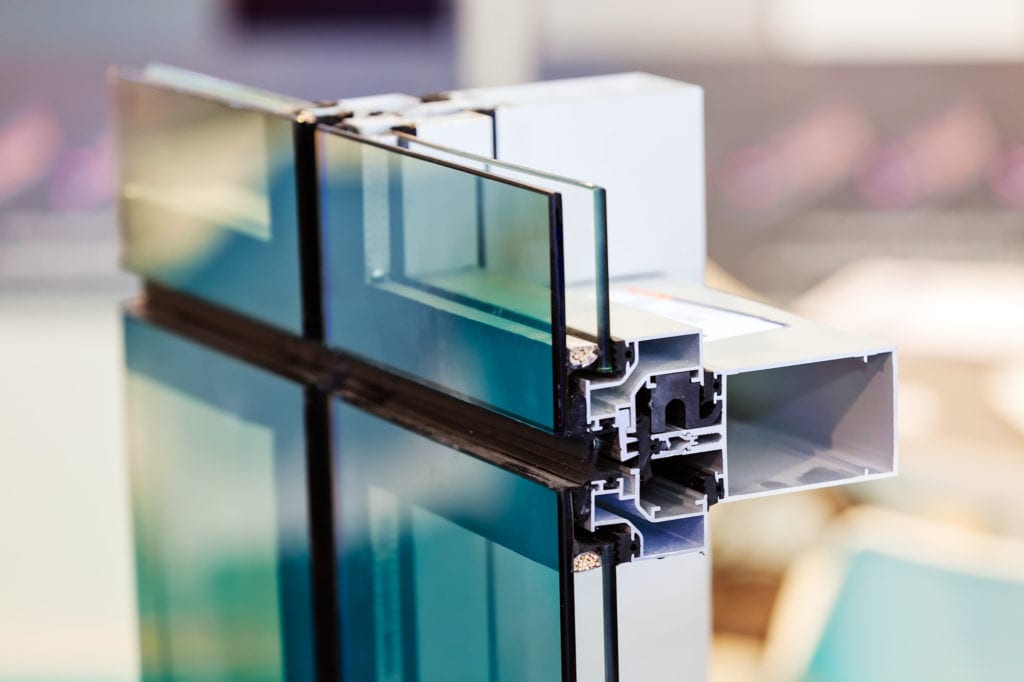All Categories
Featured
Table of Contents
Why Double-glazed Windows Are A Must in Greenmount WA
Laminated glass is frequently utilized in areas in the house most prone to injury from human effect such as bathrooms, doors, around staircases and in areas near to the flooring (it satisfies the requirements of 'shatterproof glass' that is mandated for usage in these areas by Australian Basic AS 1288 Glass in structures).
Toughened glass has been 'tempered' by being reheated and quickly cooled again. This procedure makes it much stronger than standard glass it can withstand greater effect loads prior to breaking. It also makes it more secure due to the fact that, when it does shatter, it burglarizes many small cubic pieces instead of unsafe shards.
Magnetite: Australian Retrofit Double Glazed Windows in Yangebup WA
However, toughened glass has no thermal or acoustic benefits over other glass of the exact same toning or density. Secondary glazing is where single-glazed windows are retrofitted with a transparent acrylic or glass sheet connected to the inside of the frame or openable sash with a secondary frame or with magnetic strips.


Secondary glazing will not carry out also thermally as a made IGU, given that it is difficult to totally seal the boundary, but it can supply good sound control. Window films are a thin polymer film including an absorbing color or reflective metal layer, with an adhesive support. They adhere to your glazing to change its colour or make it reflective.
Solace Creations: Home in Westfield WA
Applied to existing glass, some window films can cut in half the total SHGC of the window by absorbing and/or showing solar radiation. This can be especially advantageous in hotter climates where cooling is the primary issue, or on east and west elevations directly exposed to long periods of sunshine. Window movies might also decrease visible light transmittance.
For this factor, it is normally best to use a certified installer of window movie. Frames have a substantial impact on the thermal efficiency of windows and doors, since energy can be gained and lost through the frame, along with through the glass. Different types of frame will allow various levels of heat gain and loss, so mindful option of frame is very important for effective passive design.
Why Do You Need Double Glazing Windows In Summer? in Attadale Western Australia
Aluminium is likewise a really great conductor of heat and will decrease the insulating worth of a glazing system, unless specifically engineered to minimize this. A 'thermally broken' frame is made up of 2 aluminium areas connected by a structural insulator (usually a low-conductivity structural polymer). This 'breaks' the thermal connection through the aluminium and reduces the heat streaming through the frame.
Lumber frames are an excellent natural insulator that can match some house designs. Timber frames should be made from species that have naturally high toughness or be treated to prevent decay and deformation.
Top 10 Tips To Keep Your Home Cool in Burswood Western Australia
This can result in spaces that permit air seepage unless great draught sealing (weather condition stripping) is set up. u, PVC is a type of plastic (unplasticised polyvinyl chloride, also understood as rigid PVC). u, PVC frames provide exceptional thermal performance, typically much better than wood or thermally damaged aluminium. u, PVC is long enduring and needs extremely little upkeep, and can be moulded into intricate profiles that offer outstanding air seals.
u, PVC doors and windows have excellent thermal efficiency Photo: Ben Wrigley (Light Home Architecture and Science) Composite frames utilize aluminium profiles on the external sections with either a timber or u, PVC inner section. These combine the low upkeep and toughness of aluminium with much improved thermal efficiency.
Table of Contents
Latest Posts
Double Glazed Vs Single Glazed Windows in Wexcombe Perth
Which Is The Best Type Of Double Glazing? - Which? - Which.co.uk in Subiaco Western Australia
4 Benefits Of Double Glazed Windows In The Summer in Champion Perth
More
Latest Posts
Double Glazed Vs Single Glazed Windows in Wexcombe Perth
Which Is The Best Type Of Double Glazing? - Which? - Which.co.uk in Subiaco Western Australia
4 Benefits Of Double Glazed Windows In The Summer in Champion Perth